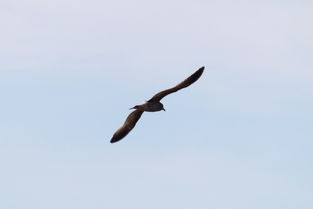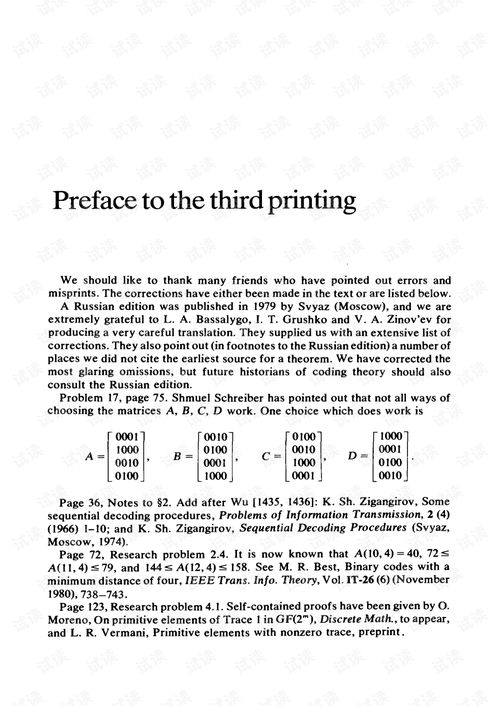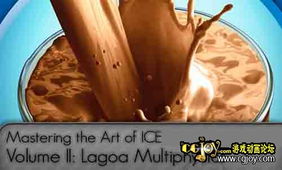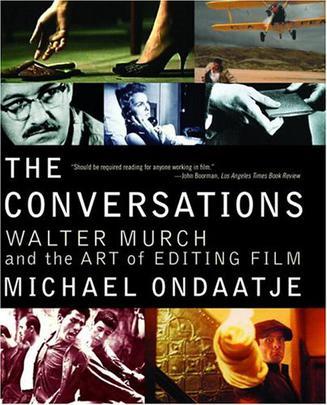Introduction
Fishing, an age-old pastime, continues to captivate enthusiasts around the world. Whether you're a seasoned angler or a beginner looking to improve your skills, understanding how to write engaging fishing tips can be a game-changer. In this article, we'll delve into the art of crafting compelling fishing bait technique content that not only informs but also inspires.
Understanding Your Audience
Before you start writing, it's crucial to understand who your audience is. Are they beginners, intermediate, or advanced anglers? What types of fishing do they prefer? Tailoring your content to their level of expertise and interests will make it more relatable and engaging.
Start with a Compelling Hook
Your opening sentence should grab the reader's attention. Here are a few ways to start:
- "Discover the secret to catching more fish with this simple bait technique!"
- "Revolutionize your fishing experience with these expert-approved bait tips!"
- "From beginners to pros, these bait techniques will boost your fishing success!"
Define the Problem
Address the common challenges faced by anglers. For example:
- "Are you struggling to attract fish with your bait? Learn how to choose the right bait for different fishing conditions."
- "Tired of catching small fish? Find out how to use larger baits to reel in the big ones!"
Break Down the Technique
Provide a step-by-step guide to the bait technique. Use clear, concise language and include visuals if possible. Here's an example for a basic bait fishing technique:
- "Selecting the Right Bait: Begin by choosing a bait that matches the fish you're targeting. For instance, if you're fishing for bass, a worm or a grub is a great choice. Ensure the bait is fresh and lively to attract fish."
- "Preparing the Bait: Cut the bait into small, bite-sized pieces. This increases the chances of the fish taking a bite. If using live bait, make sure it's lively and has a natural scent."
- "Presenting the Bait: Cast your line into the water and let it sink to the desired depth. Once it reaches the bottom, slowly retrieve the line, mimicking the natural movement of the bait in the water."
Include Expert Tips
Cite expert advice to add credibility to your content. For example:
- "According to professional angler John Doe, the key to successful bait fishing is to match the bait to the fish's natural diet and habitat."
- "Fishing legend Jane Smith suggests using a slow, steady retrieve to mimic the movement of real prey, increasing your chances of a bite."
Highlight the Benefits
Emphasize the benefits of using the bait technique. For example:
- "Using the right bait can significantly increase your chances of catching more fish, saving you time and frustration."
- "Mastering this technique can help you catch larger fish, enhancing your overall fishing experience."
Encourage Reader Engagement
End your article with a call to action, encouraging readers to try the technique and share their experiences. For example:
- "Give this bait technique a try and let us know how it works for you! Share your success stories in the comments below."
- "Join our fishing community and stay updated on the latest bait techniques and fishing tips."
Conclusion
Writing engaging fishing bait technique content requires a balance of informative, engaging, and inspiring language. By understanding your audience, providing clear instructions, and highlighting the benefits, you can create content that not only educates but also motivates anglers to improve their skills and enjoy their fishing adventures even more. Happy fishing!












